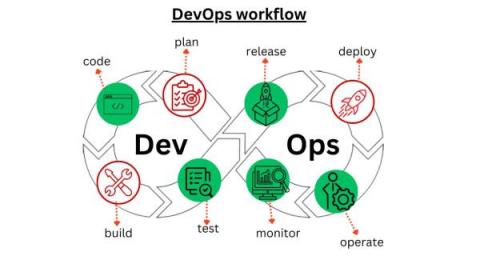DevSecOps and DevOps: Key Differences
DevOps and DevSecOps have gained more attention in recent years in the world of software development. While both of these methodologies emphasize the agile development process and team collaboration, there are some key differences that distinguish them. Understanding these distinctions is critical for software development teams and organizations to determine which methodology is best suited to their requirements. In this article, we’ll learn about the difference between DevOps and DevSecOps.











